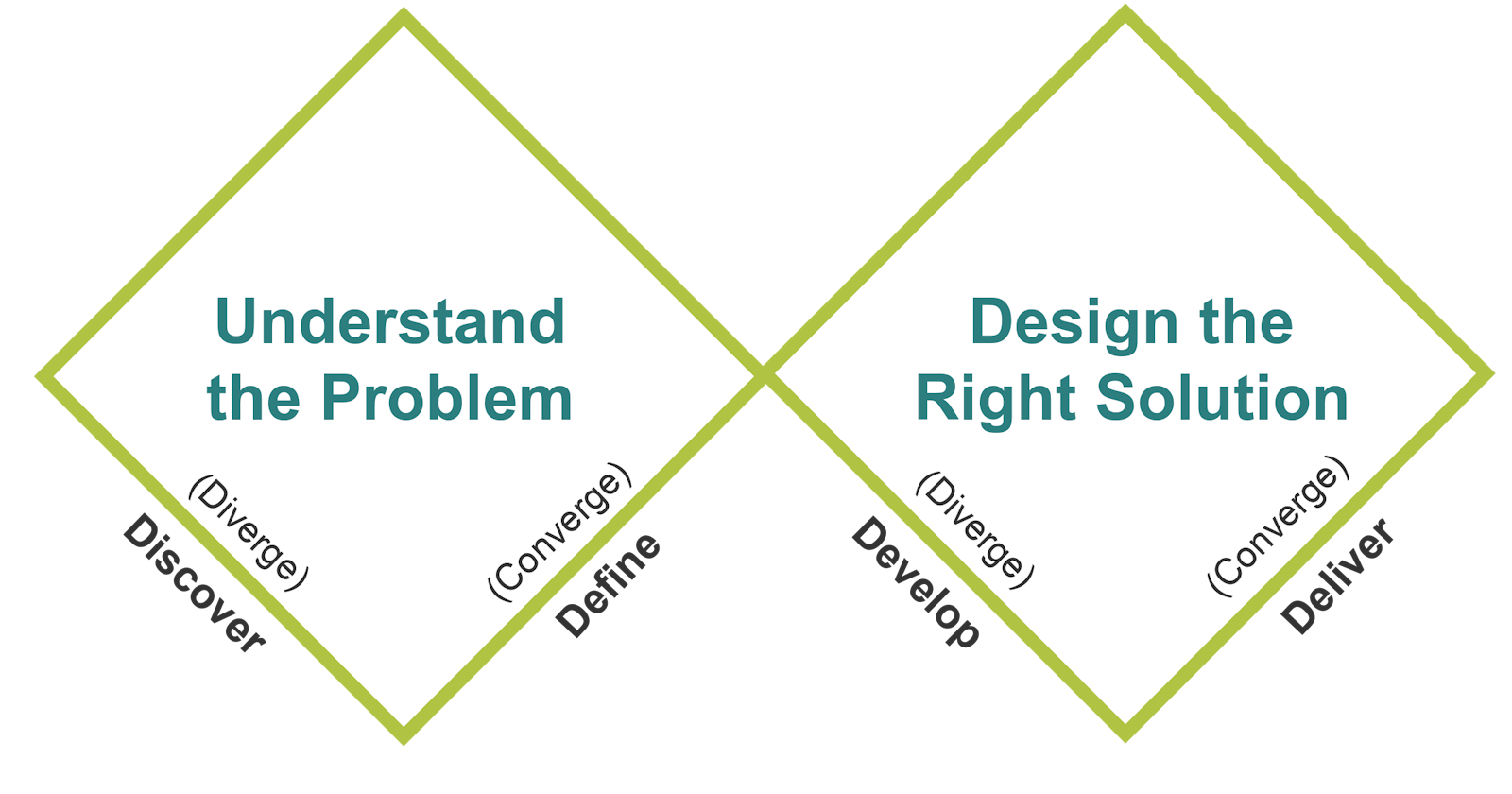Solving Real Problems: A Design Thinking Journey
A case study review for "Redesigning the New York Times app — a UX case study"
In the world of design, success hinges on more than just aesthetics—it's about identifying real problems and crafting innovative solutions. Join me on a journey through the principles of design thinking as we delve into a captivating UX case study: Redesigning the New York Times app. This insightful review dissects just three pillars of design thinking to uncover how a team of designers navigated the intricate landscape of user dissatisfaction, competition, and content relevance. Below are some of the insights from the case study
Problem Identification: Identifying the problem is the first step in the design thinking process. It ensures that designers focus on solving real issues rather than perceived ones. In this case, the team recognized key issues with the existing app such as user dissatisfaction, competition, and content relevance problems which guided the entire design process toward addressing these critical issues effectively. This thorough problem analysis is essential in the design thinking process.
User-Centred Approach: Design thinking emphasises empathy for the end-users. By conducting research into the habits and preferences of young users, the design team gained valuable insights. This user-centred approach ensures that the final solution caters to the actual needs and behaviours of the target audience, increasing the likelihood of its success.
Iterative Design: Iteration is a fundamental aspect of design thinking. Generating multiple concepts and testing them with different groups ensures that the final solution is refined and improved over time. It allows designers to learn from failures and adapt their approach based on user feedback, increasing the likelihood of success. The team generated multiple concepts and tested them with different groups to validate ideas. The iterative design process ensures that the final solution is both sustainable and viable.
Thank you for reading! 😊

